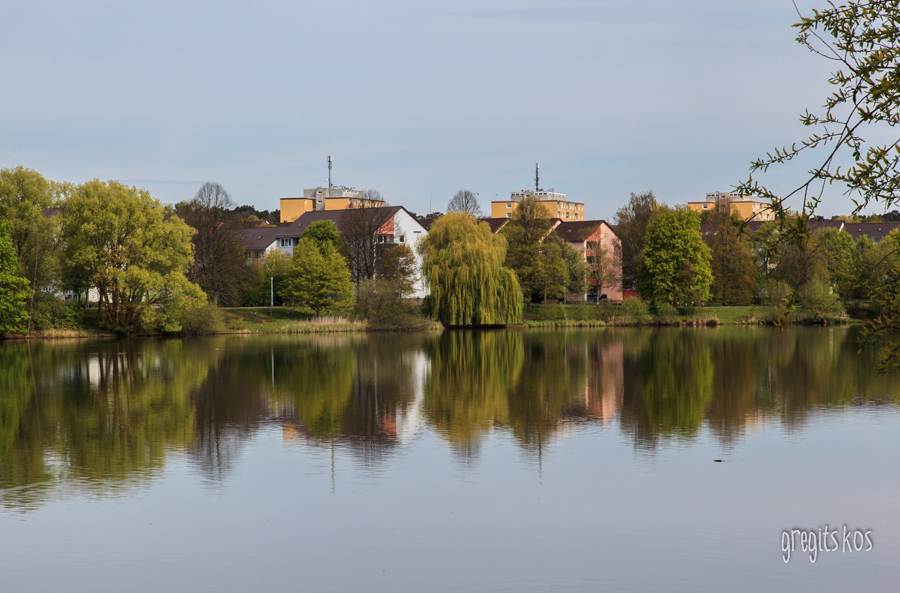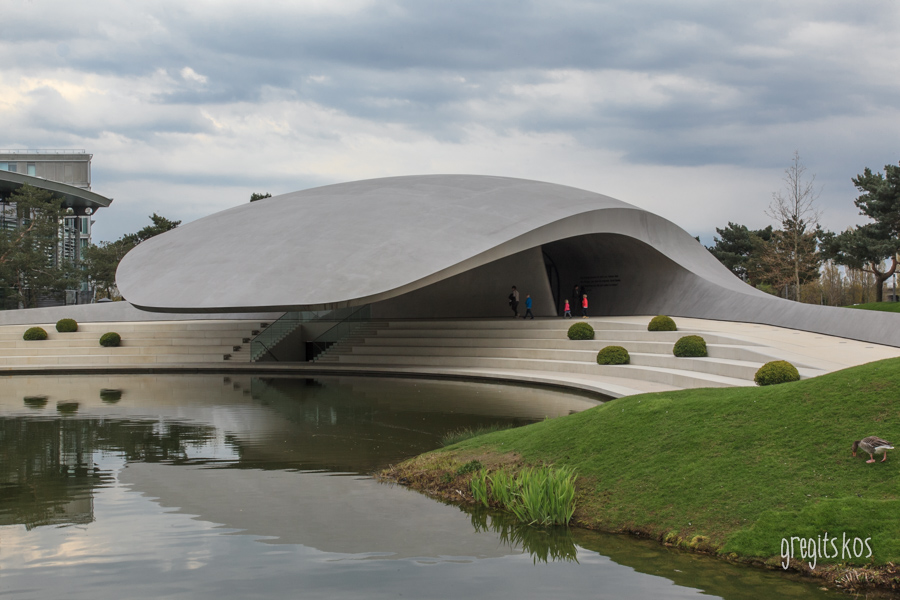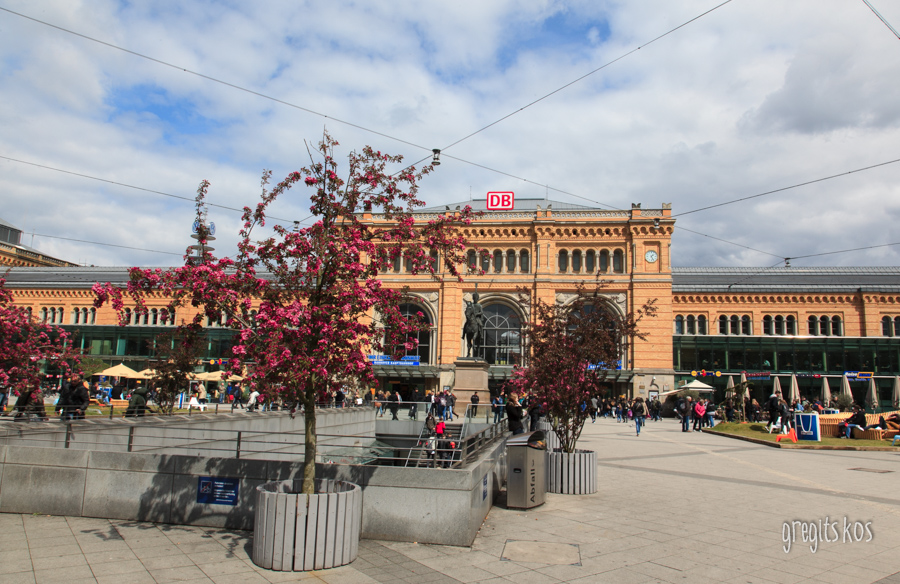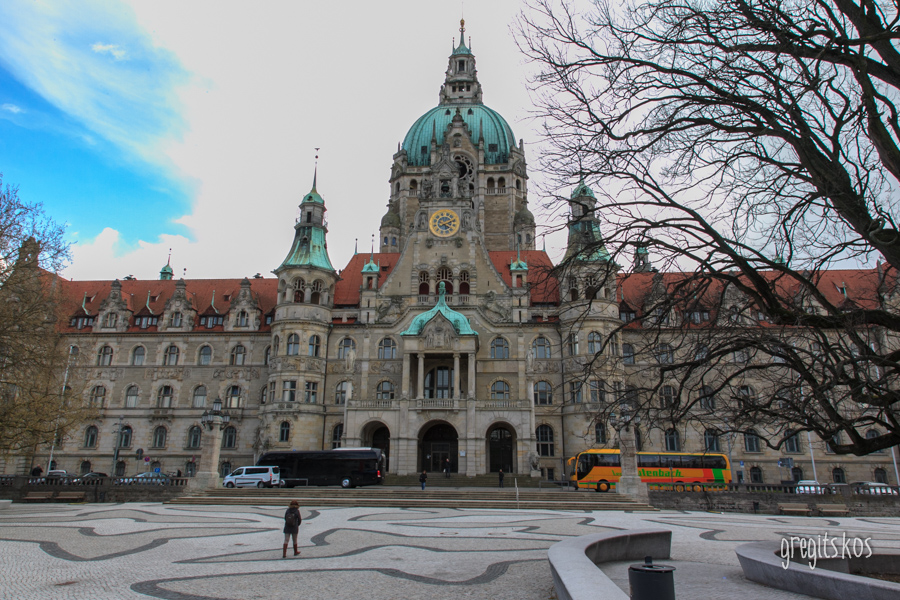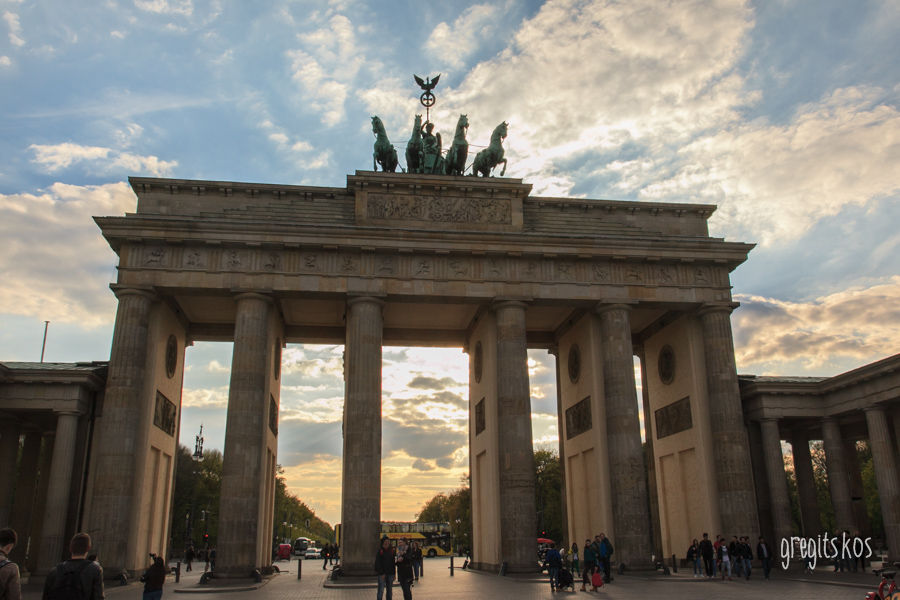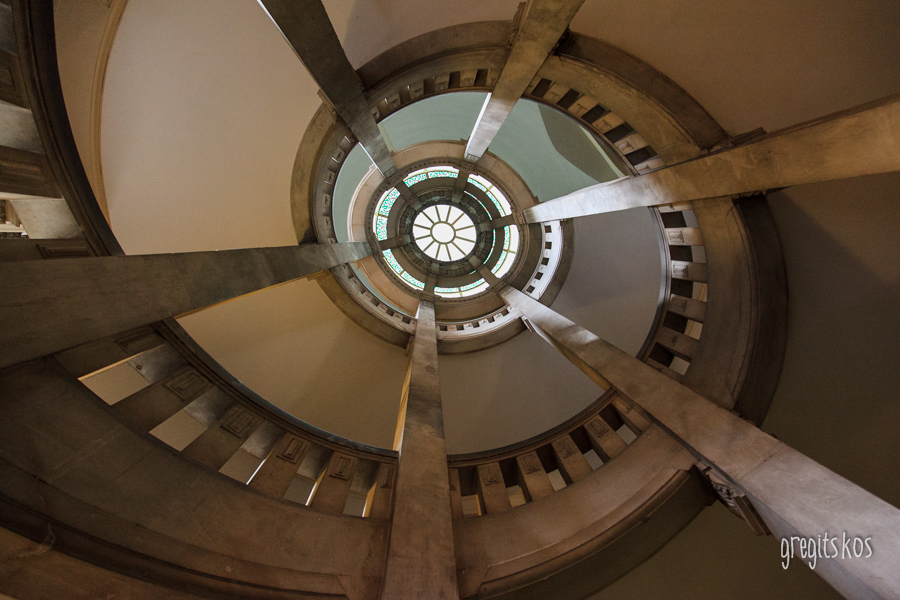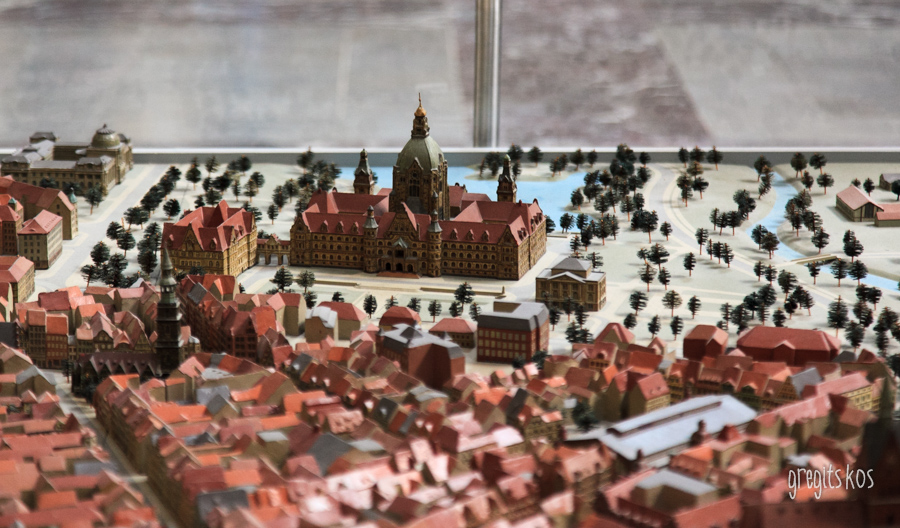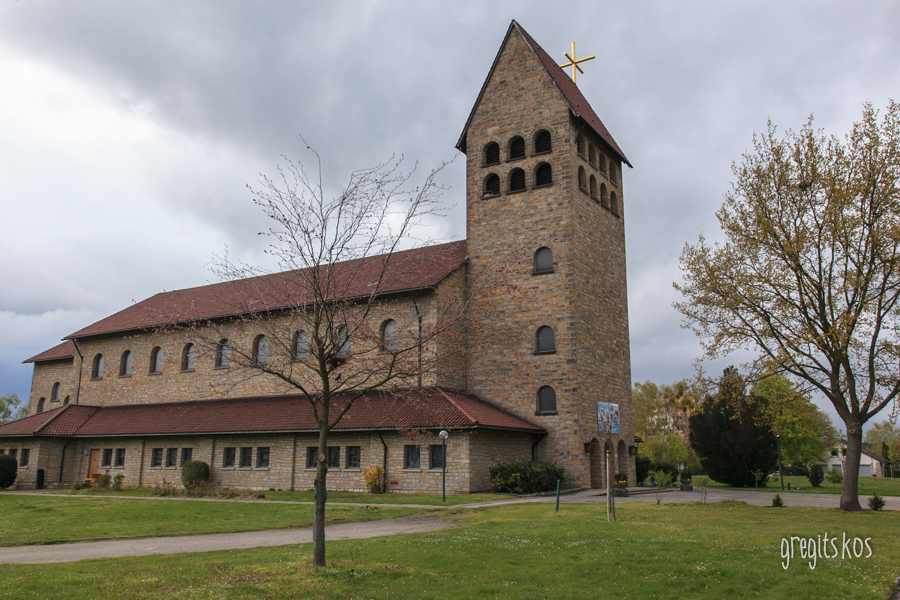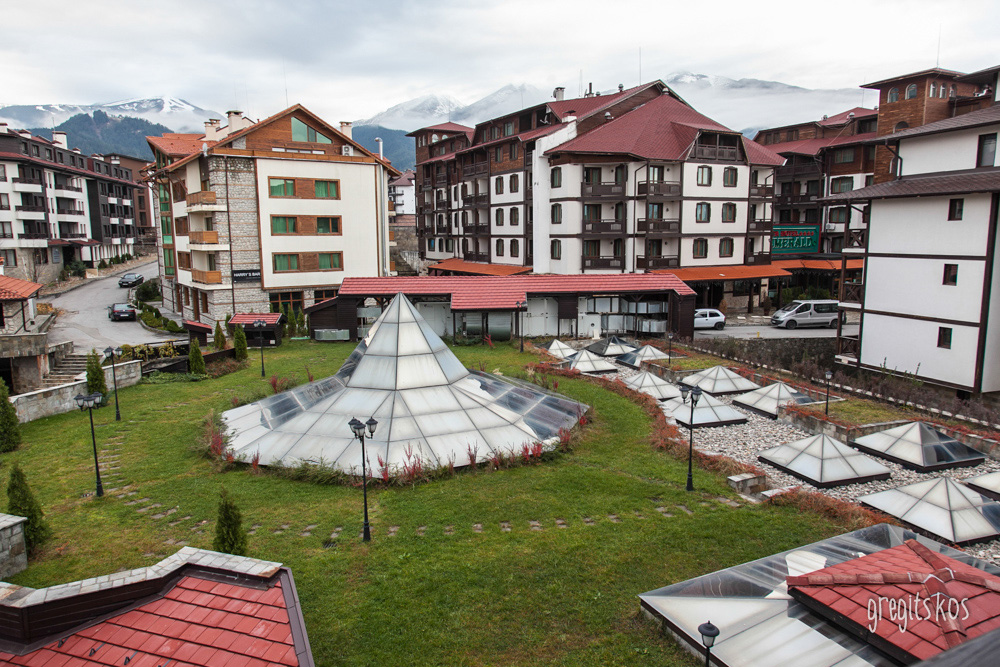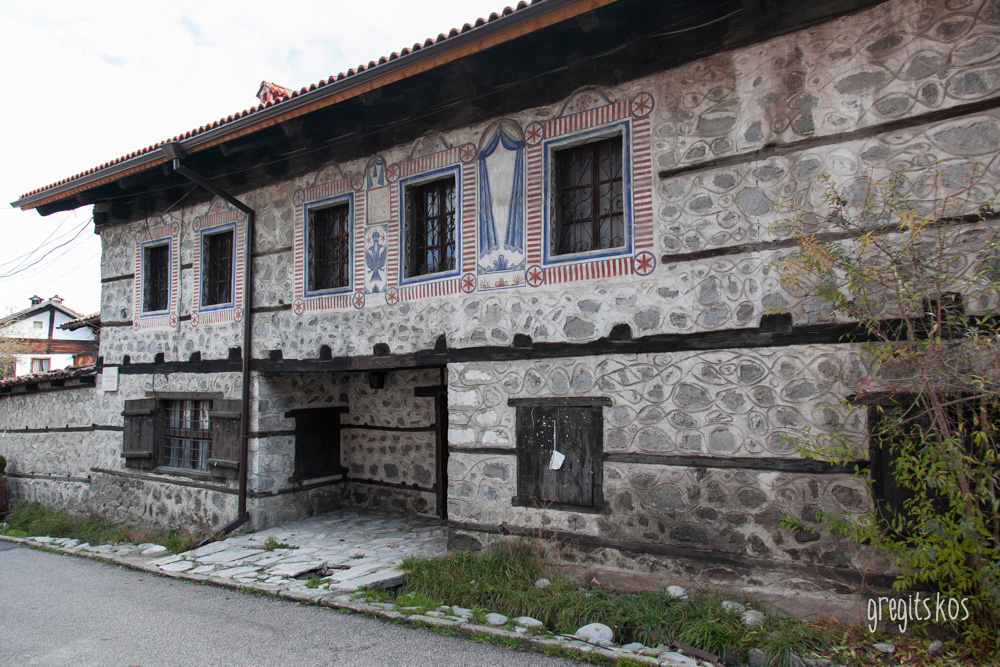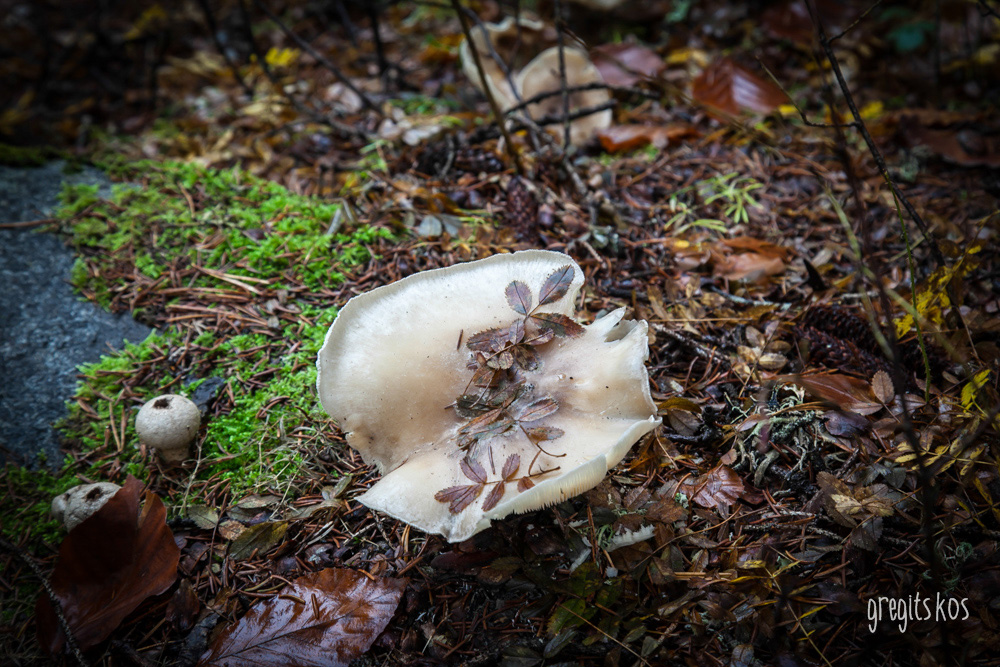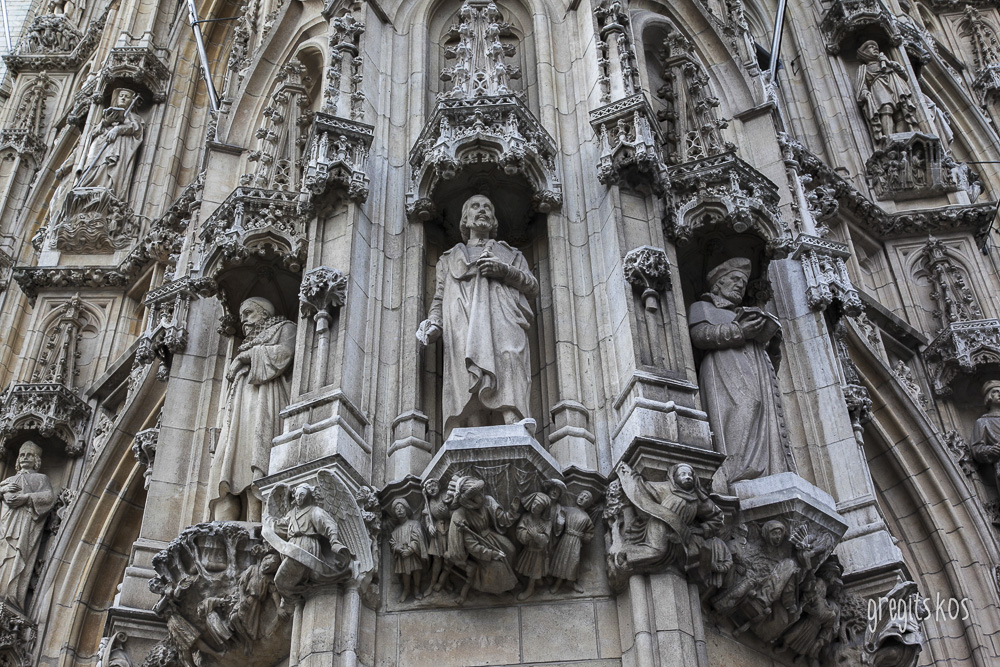What we saw in our 3 days trip
LEUVEN
We started our tour in the city of Leuven walking around the city cente, passing by the numerous bicycle parking spaces.

Leuven is located east of Brussels (20 km). It is a dynamic and thriving city of about 95,000 inhabitants in Flemish Brabant. It is a “university town”, lively during the academic year with approximately 35,000 students studying each year, at the oldest Catholic University in the world, founded in 1425. The historical center is one of the most beautiful in Belgium. Most of the city was destroyed and burnt down twice during the German invasion in World War II and during the Second World War.
WHAT TO SEE
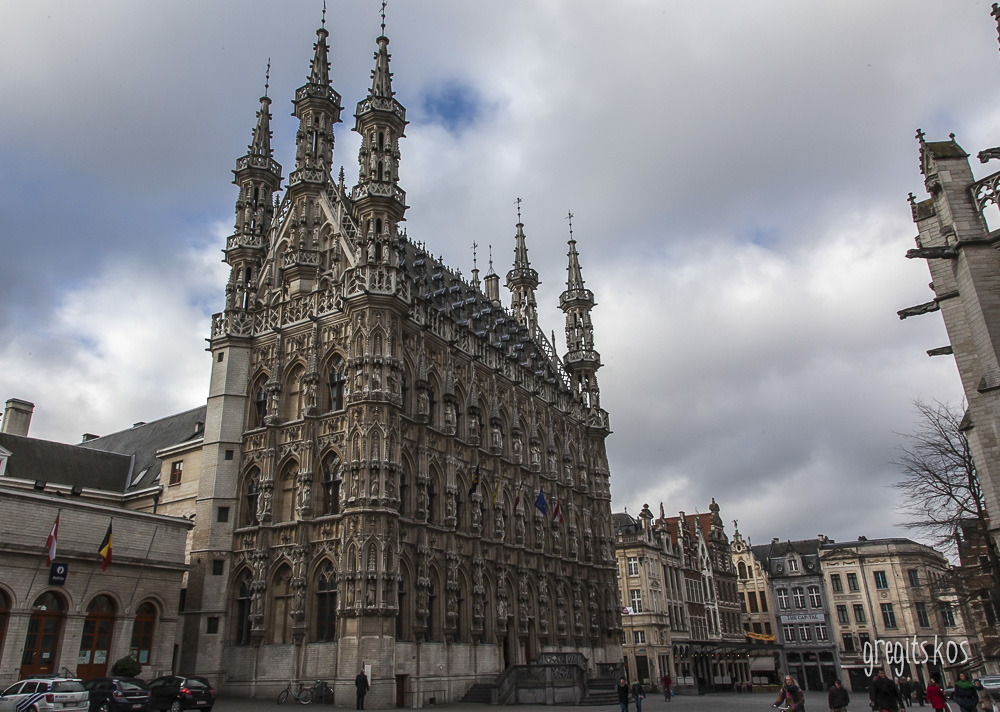 In the historic center most historical buildings such as the University Library have been preserved and restored, partly with foreign funds. The Town Hall of Leuven is one of the most famous Gothic town halls around the world and the pride of Leuven with its 236 statues on the facade.
In the historic center most historical buildings such as the University Library have been preserved and restored, partly with foreign funds. The Town Hall of Leuven is one of the most famous Gothic town halls around the world and the pride of Leuven with its 236 statues on the facade.
Sint-Pieterskerk – The St. Peter’s Church is the oldest church in Leuven, founded in 986.
 De Bibliotheektoren AND Universiteitsbibliotheek (Library Tower and the University Library) – The University Library is the most spectacular building in Leuven. If you have the courage to climb the numerous steps up to the top tower you will be rewarded by a fantastic view of the whole Leuven. During the First World War the university library was destroyed by fire. In the 1920s, a new library was built in Flemish Renaissance style on the Mgr. Ladeuzeplein mainly thanks to US funding after over 300 American educational institutions have contributed to the construction.The library has more than three million volumes and is one of the most impressive buildings in Belgium.
De Bibliotheektoren AND Universiteitsbibliotheek (Library Tower and the University Library) – The University Library is the most spectacular building in Leuven. If you have the courage to climb the numerous steps up to the top tower you will be rewarded by a fantastic view of the whole Leuven. During the First World War the university library was destroyed by fire. In the 1920s, a new library was built in Flemish Renaissance style on the Mgr. Ladeuzeplein mainly thanks to US funding after over 300 American educational institutions have contributed to the construction.The library has more than three million volumes and is one of the most impressive buildings in Belgium.
Arenbergkasteel (Arenberg Castle) The first castle was built here in the 14th century, it changed many hands and renovated in different architectural styles such as Renaissance, Gothic, neo-gothic until 1916 the Duke of Arenberg donated to the University of KULeuven. Today it is used by the Schools of Engineering, Architecture and other KULeuven Science.
Root Begijnhof (Great Beguinage) This part of the city, with the history of the 13th century, is a world heritage of UNESCO. It is a magnificent piece of total relaxation, right in the heart of the city. A number of streets, squares, gardens and parks with dozens of houses and monasteries built from traditional sandstone. In the mid-17th century, approximately 360 Beguines lived there, pious women who did not have their own resources and needed accommodation.
Here are the main industries of technology (due to the University) and beer. It houses the company «Anheuser-Busch Inbev», the largest brewer and one of the top five consumer products companies in the world. But the Stella Artois Brewery, Leuven, Belgium. The story goes that in 1926 the Artois brewery in the Leuven, Belgium produced a beer so bright she was named Stella, which in Latin means “star”. Today, Stella Artois is sold in more than 80 countries, with an hourly tour of the brewery Stella Artois to reveal all its secrets. (Information: http://www.brouwerijbezoeken.be)
BRUGGE
Bruges or Venice of Belgium on a Saturday afternoon

After an one hour-journey by car from Brussels, we parked the car in a parking beneath a square and continued walking around the fairytale town, making our way through chocolate and waffle smells. The few cars circulating on the cobblestone streets encouraged our steps. We walked a lot. Within a continuous drizzle and along with a bunch of people who were filling the streets and squares. We went up winding stairs, cornered in narrow sidewalks, crossed bridges over canals (group of islands Brugge, hence the title of “Belgian Venice”), gaze at majestic, medieval houses with entrance from the river, we climbed in Belfort with 47 bells and admire the city from above.
Once one of the richest cities of Europe, today Bruges is one of the most beautiful cities in Europe and a popular tourist destination. It offers exemplary infrastructure in hotels and restaurants and teeming with visitors all year round.
 We ate fries (frietjes) with mayonnaise (delicious local specialties) in one of the many “Friteries” and various other snack shops gazing at the people walking by, holding colorful umbrellas or riding bicycles in the rain.
We ate fries (frietjes) with mayonnaise (delicious local specialties) in one of the many “Friteries” and various other snack shops gazing at the people walking by, holding colorful umbrellas or riding bicycles in the rain.
In the afternoon, after our rides in the canals, parks and gazing in the windows with lace, chocolates, beers and tourist souvenirs have come to Carpe Diem, for warm waffles with chocolate and ice cream in the atmospheric tea shop-bakery.
Bruges Grote Markt, the “square” of Bruges was (and still is) the heart of the city. Among the wonderful medieval architecture buildings with terraced roofs, stands the city’s symbol, the Belfort, a tall bell tower, the top of which one can enjoy the panoramic view and the sound of 47 bells ringing incessantly since the 18th century – though of course afford to climb the 366 steps leading to them. Here every Wednesday flea market of the city is set up.
Very close to the beautiful medieval “rank” of Groenerei, we met the main channel of the city, from many points of which start at the thirty-ride their special boats. Catch one of them, because it is both more economical (6,80 €) from the same horse-drawn carriage ride (€ 30) and you will have the chance to see parts of the city that you would not have the ability to locate on foot.. Next sight: Lake Minnewater. The ultimate romantic Bruges spot is located on the edge of town, and to reach it you have to walk through the other attractions of the historic center: the tower of the Church of Our Lady (Onze Lieve0Vrouwerekerk), which is the tallest brick building in Europe and It hosts the only Michelangelo sculpture that sent outside Italy legend of the Renaissance, the “Virgin and the Holy Child” (1504) and the scenic area of ??Gruuthuse museum (an “ark” of traditional life in the medieval town), Groeninge (art museum starring the “local” Van Eyck and Memlingk) and Sint-Janshospitaal (historical hospital that houses temporary art exhibitions and a beautiful courtyard).
 The city is internationally known for its textile industry and especially for the manufacture of traditional lace. 10,000 were lace makers in 1840. Today the authentic Sewing will find the oldest store that exists today (the smallest) in Little Lace Shop
The city is internationally known for its textile industry and especially for the manufacture of traditional lace. 10,000 were lace makers in 1840. Today the authentic Sewing will find the oldest store that exists today (the smallest) in Little Lace Shop
Visit the “pub-brasserie» Cambrinus (Philipstockstraat 19) Besides a wide variety of Belgian beers, tasty and cheap pasta, pancakes, omelettes and the specialties fillet mushrooms and three peppers (about 20-25 € per person).
Also bistro “Bitter & Sweet” (Sint-Amandstraat 18), where apart from exquisite tea or hot chocolate you can enjoy a light lunch with delicious sandwiches and hot dishes (about 15 € per person). -For Wonderful hot chocolate in the afternoon or a rich variety of beer and wine daily updated, be sure to enter the “Cafe Rose Red”, ideal place for both, with a backdrop of soft wood, jazz sounds and hundreds of red roses hanging from the ceiling. If your hotel booking does not include breakfast, wake up early and go to the first floor of the shopping centre “Hema” in Shopping Street, where from 9.00 until 10.00 breakfast (croissants with jam, sandwiches with egg and bacon, coffee and biscuit) costs just 1 euro.
BRUSSELS

Brussels is one of the smallest capitals in Europe, because the city’s population barely exceeds one million and one of the most interesting European capitals, with great history and unique character.
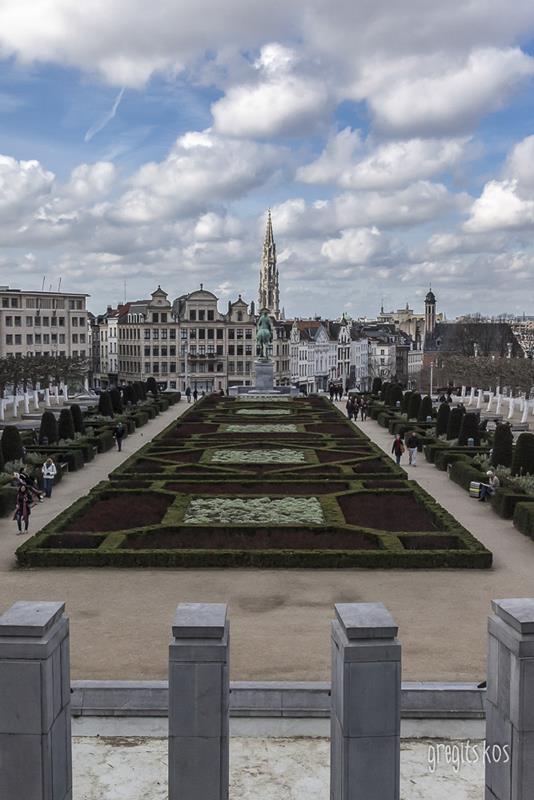 Homeland of cute Tintin, Brussels is a typical example of modern, European city with impressive modern buildings, concrete crowded squares, particularly cared hotels, museums, beautiful towering temples, great kitchen with basic trump the fondue, the steamed mussels and chocolate in all its versions.
Homeland of cute Tintin, Brussels is a typical example of modern, European city with impressive modern buildings, concrete crowded squares, particularly cared hotels, museums, beautiful towering temples, great kitchen with basic trump the fondue, the steamed mussels and chocolate in all its versions.
We arrived at the center with the train from Leuven (journey of 50 km was comfortable and cost EUR 8 per person). We went down to the main Gare Centrale station, a short walk from, the Grand Place Square, which was and is the focus of life in Brussels. Here you feel that you came back in time in a time machine. It is basically a rectangular nearly square, surrounded by buildings, representative samples of different architectural styles, crammed together, decorated with symbolic sculptures. Medieval, Renaissance, Baroque, Rococo. One of the buildings houses the town hall and the city’s main tourist office and another, medieval style, entitled “The House of the King” , hosting exhibits de la BJT Brussels. Here, every second year, and for five days in August the Carpet of Flowers is”stretched” on the square. This is an elaborate flower weave, occupying all the space and colors flood the square.
Navigate around the Great Square. The Galleries Royales de Saint Hubert, a shopping arcade built in 1847, will impress you. So will the medieval atmosphere that exudes the Saint Nicholas of Myra, the corresponding Ai-Vasilis Brussels. And of course search for the little guy that pisses with great ease (Manneken- Pis) and has become the meeting point of tourists. A small bronze statuette of 30 cm in front of which every visitor is photographed. If you’re “lucky” you will see it with any of the 740 costumes available which he wears accordingly. What you will see is the replica as the original broke in 1817, when former convict Antoine Lika tried to steal it.
Our walk continued towards the beautiful Parc de Brussels. On the way you meet, opposite one to the other, the Royal Fine Arts Museum, with exceptional collections of famous painters and sculptors and the Musical Instruments Museum with an impressive collection of instruments from ancient times to today. The royal palace on the highest point of the uphill road is a museum dedicated to the royal family history.
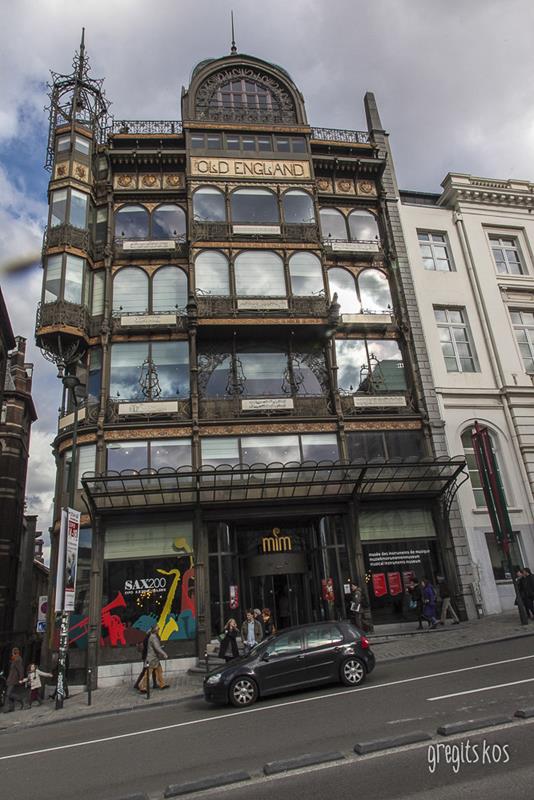 Heading east led to the street de la Roi, the European Union District, site hosting modern administrative buildings of the European Parliament and behind it the Leopold II Park (Parc Leopold). Crossing the park and following the street Rue de Cornet we were led to the magnificent double Jupelpark park and Parc du Cinquantennaire the arch Triumphal Arch, the impressive Musee Royaux d ‘Art d’ Histoire (collecting global treasures). Nearby the Musee Royal d ‘Armee et Histoire Militaire (military museum) and the Autoworld enormous collection of historical cars.
Heading east led to the street de la Roi, the European Union District, site hosting modern administrative buildings of the European Parliament and behind it the Leopold II Park (Parc Leopold). Crossing the park and following the street Rue de Cornet we were led to the magnificent double Jupelpark park and Parc du Cinquantennaire the arch Triumphal Arch, the impressive Musee Royaux d ‘Art d’ Histoire (collecting global treasures). Nearby the Musee Royal d ‘Armee et Histoire Militaire (military museum) and the Autoworld enormous collection of historical cars.
Please note that the Belgian capital has dozens of museums. Great museums to visit is the Horta Museum, the home of the eponymous architect of art nouveau and the museum of comics the local favorite hero Tintin belongs, too.
A little further from the city center, the famous Atomium Boulevard du Centenaire is the giant replica of a molecule, which was built in 1958 to represent Belgium at the International Fair.
ALTERNATEVELY
Visit the flea markets on the streets and Hautes Blaes at every day intervals and discover treasures or feel like a local living a favorite habits of the Belgians and sip a coffee at De Skieven Architekt , one of the oldest coffee city. Take a walk in the Sablon area, known for some of the most famous chocolatiers in the city. Try chocolate creations in Wittamer, a shop with a century of history
Cycle!
There are about 50 km of cycle paths linking the city’s parks, while Villo public bicycle program offers 2,500 bikes throughout the city. The daily cost for renting a Villo bicycle is about 1.5 euros, while in Gare du Nord station you can find a fully equipped workshop for your bike. If you decide to move by bike, follow various group outings-tours and discover the hidden corners of the city.
Quench your thirst!
Since Brussels is located in Northern Europe, beer is prominent in the daily life of city residents. Small coffee shops in the city are preferred by locals as here they can find varieties of beers that can not find in commerce or in the city’s bars.
How to move
 Walk! If you don’t walk you won’t see anything. Besides car are not permitted entering most parts of the cities
Walk! If you don’t walk you won’t see anything. Besides car are not permitted entering most parts of the cities
In Brussels, the choices are more, but the best are the Metro and bus. Tickets can be perchased from the driver, from automatic coin machines unless you book a multiple travel card, so will contact the specific counter. You only have to point out that the metro, although very convenient, it is rather difficult to understand. If confused, ask. The Belgians are gentle and helpful. The taxi is a little expensive.
Where to stay, what to eat, how to have fun
Get a good taste of Brussels hotels by entering the site www.hotels-Belgium.com or in this central city tourist office in www.brusselsdiscovery.com address. Especially for Bruges, www.brugee.be.
For your culinary needs, fearlessly indulge in the worthy hands of Belgian chefs. Locals prefer the fish and so you are going you enjoy several delicacies based on marine wealth. We have already mentioned the steamed mussels (TIP: If you are two, not order corresponding portions. Each one weighs about a pound of mussels, dipped in plenty of delicious sauce in a cast iron pot. No matter how much you eat, it will be enough). However, the local cuisine includes a variety of exquisite meat dishes. Whatever you order and in case you want it well done, highlight it on the waiter. Belgians prefer their meat undercooked. Do not forget to try fondue meat or fruit in melted chocolate.
 For desserts, I will not dwell. Chocolate, chocolate, chocolate. Finally, if you’re a fan of beer, here you will find your paradise. Belgium has a tradition of its kind. The content of Belgian beer is 12% alcohol and mind the quantities you drink.
For desserts, I will not dwell. Chocolate, chocolate, chocolate. Finally, if you’re a fan of beer, here you will find your paradise. Belgium has a tradition of its kind. The content of Belgian beer is 12% alcohol and mind the quantities you drink.
Nightlife for locals usually means drinking beer at some atmospheric bistro. This does not mean that it deprived the outlandish wine or whiskey or vodka type drinks. A place with celebrity attraction of politics from all over the world, such as Brussels, offers everything. If you feel like you have to discover the super nightclubs try one of the two magnificent bar-restaurants of the Great Square. As for Bruges, it isn’t known for its nightlife, but the Jazz Cafe in Langestaat is a good choice for a pleasant in the evening.
TIPS FOR A SAFE AND PLEASANT STAY
 Due to the EU headquarters Commissioners and hosting of the entire continent, the city of Brussels is well patrolled, but being a big city, you’d better avoid the secluded streets at night.
Due to the EU headquarters Commissioners and hosting of the entire continent, the city of Brussels is well patrolled, but being a big city, you’d better avoid the secluded streets at night.
The climate in Belgium is typical of Northern Europe. The sun and rain mix featuring all four seasons. Therefore, whenever you visit the country, take along a raincoat. Moreover, because the winter cold is bitter, take along warm clothing and of course, for all periods, comfortable shoes for walking.
The Belgians speak Flemish and French. If you speak French, fine but if you don’t you’re your English. All the locals pretty much understand and consult.
Shop opening hours are usually 10p.m.-6m.m. Only bakeries and shops selling newspapers open earlier. Plan shopping on Monday. It is the day when museums and galleries are closed.
Either as a driver or as a pedestrian be careful on the roads! The Belgians drive dangerously and as the law that requires priority to pedestrian is relatively new (1996), they haven’t digested it, yet!

 We started our day with breakfast delicacies from the oven on the opposite corner. Quiche Lorraine, tartaletas, croissants (plain without chocolate filling … how diapponting!) and of course coffee! But we can never have enough coffee, so we provided ourselves with a XXL coffee cup from Starbucks that lasted for half a day!
We started our day with breakfast delicacies from the oven on the opposite corner. Quiche Lorraine, tartaletas, croissants (plain without chocolate filling … how diapponting!) and of course coffee! But we can never have enough coffee, so we provided ourselves with a XXL coffee cup from Starbucks that lasted for half a day!








